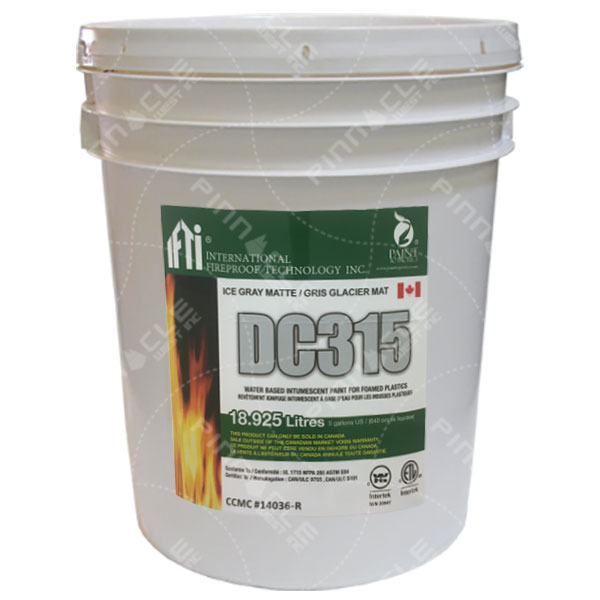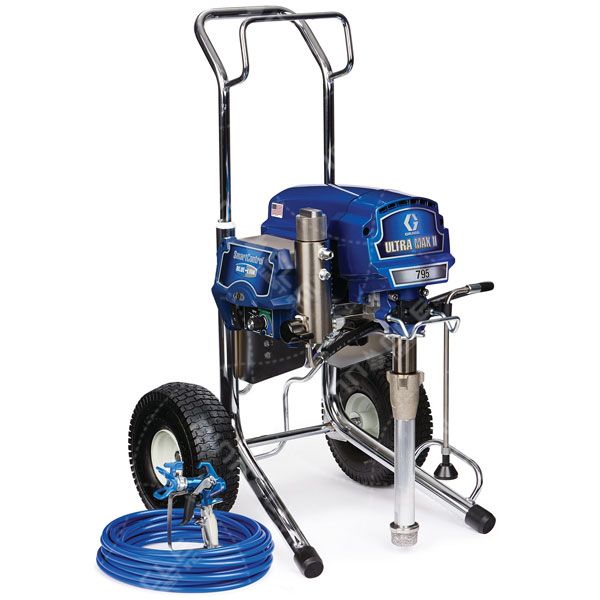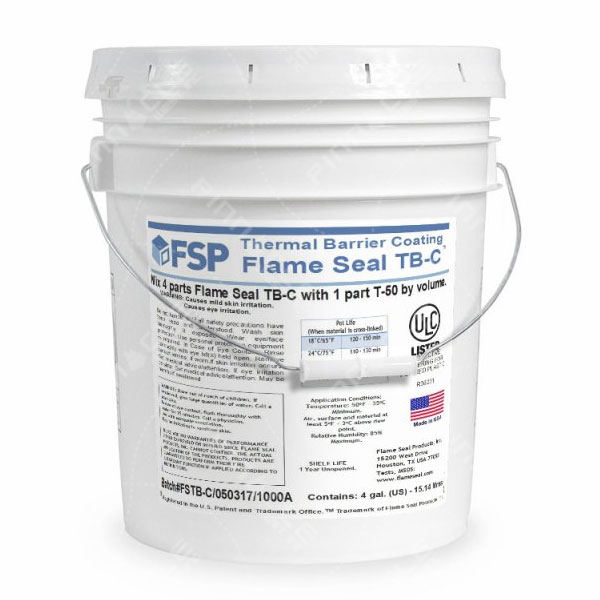UNDERSTANDING
DEW POINT |
| Most applicators understand that condensation on the substrate can cause issues when spraying. Condensation can form when warm, moist air encounters a cold substrate. Condensation is bad, and you want to avoid it. |
| || WHAT IS DEW POINT |
| Dew point is defined as the atmospheric temperature below which water droplets begin to condense and dew can form. When you put a cold glass of water in a humid room, condensation forms on the outside of the glass. This is because the glass has a temperature below the dew point in the room. |
| The same goes for the substrate at the jobsite. For example, if the substrate is at a temperature that is lower than the dew point of the room, condensation will form on the substrate, creating all sorts of issues such as compromised bond, blisters, and possible finish issues. |
| Below is a table showing the relationship between temperature, humidity, and dew point. |
| || CALCULATE THE DEW POINT |
| Starting at the recorded Relative Humidity reading in the left (green) column, scroll directly across to the correct cell under the Ambient Air Temperature (orange) row. The number where these two values intersect is the Dew Point. |
| You should avoid spraying unless the substrate temperature is a minimum of 5°F (3°C) above this dew point and rising. |
 |
| IFTI DC315 FIREPROOF PAINT |
|
|
|
|
 |
| ULTRA MAX II 795 AIRLESS SPRAYER |
|
|
|
|
 |
| FLAME SEAL TB-C FIREPROOF PAINT |
|
|
|
|
|
|